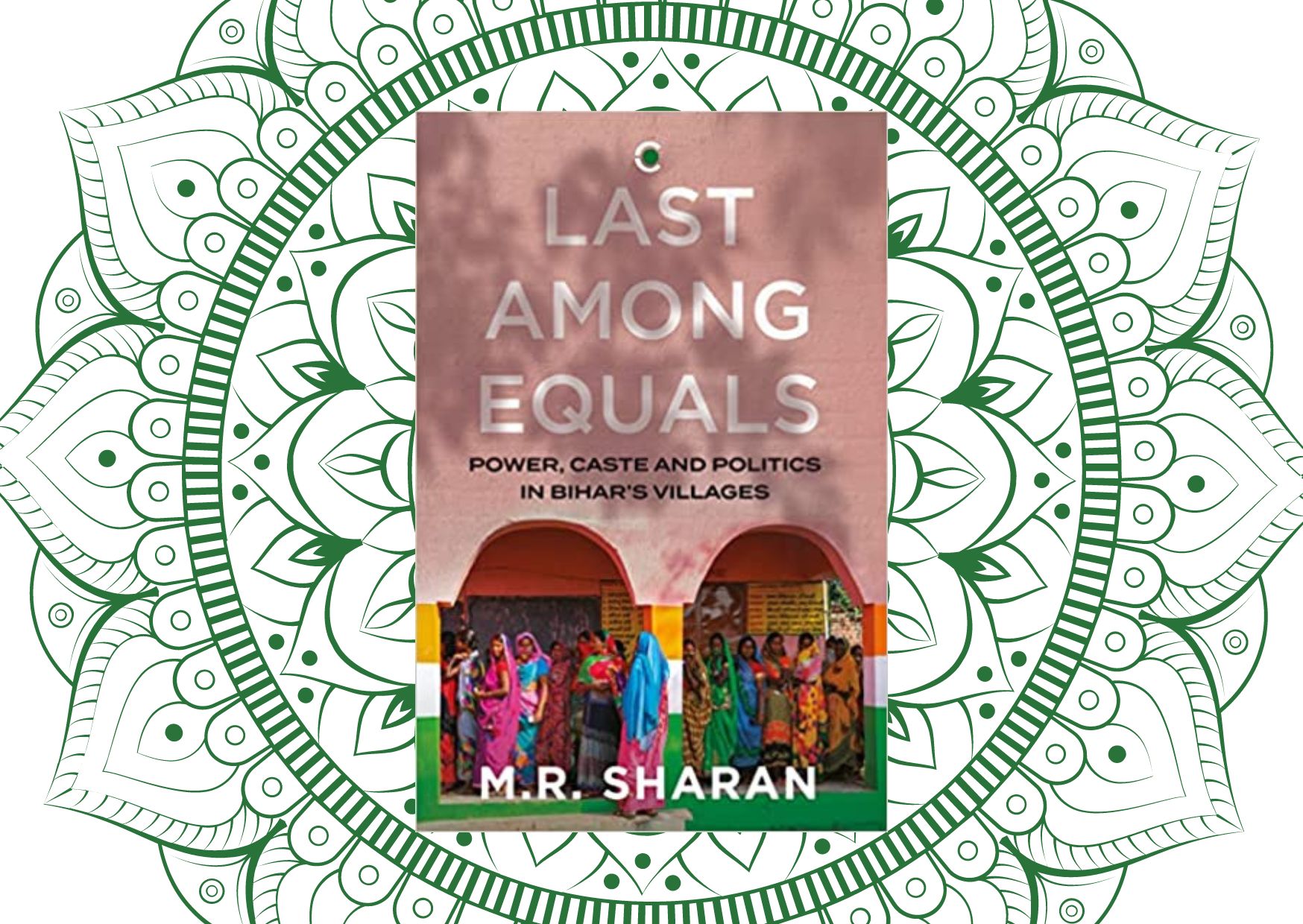Last Among Equals: Power, Caste & Politics in Bihar’s Villages
by M.R Sharan
Publisher: Context (2021)
Last Among Equals by M.R. Sharan is a riveting eye-opener on the functioning of MNREGA in Bihar and the scourge of caste. The narrative here is true for most of the country.
Having known, seen, and experienced how the system operates, I can vouch for every happening recounted in the book. The FIR for physical assault against Sanjay Sahni when he was 400 kms away is shocking, but it is a system tool. The Mukhiya, who feels that a few bullets can help contain the protesting labourers, is also part of the system.
The system gets frequent pushback from idealists like Sanjay, but ultimately it prevails. However, such individuals can only give a dynamic response, with the outliers inside the system. The system devised is fair, but only the outliers seem to know how to handle it with a benevolent view. The conformists make it a malevolent word. Bureaucrats like Santosh Mathew helped fuel the journey of Sanjay as an MNREGA activist in Ratnauli. Government legislation like Bihar Right to Public Grievance Redressal Act, used correctly as enlisted in the book, can elevate the system. There are multiple occasions listed in the book when officials make the system a villainous one. The siphoning that happens in MNREGA has been well explained, and how it’s countered by Sanjay and his associates forms the crux of the book.
Reservation in panchayat elections to become a reality- but it took 18 years. The “single post” concept adopted by the Honourable Patna High Court to repudiate reservations in Panchayat Elections in Bihar is lucidly explained in the book. The aversion towards reservation is vividly described in chapter 4 of the book. The machinations of the landlords to ensure that Dalits don’t get access to electricity are disgusting. This attitude is prevalent even in the most prestigious organisations in the country.
The struggle of Sanjay Sahni is well captured in Chapter 3 of the book. The book discusses the impact of Dalit Mukhiyas and how they can be empowered has been well discussed. The plight of castes like Musahars and Doms is inhuman, to say the least. The opium route to child brides has been briefly discussed in the book, but it’s just as disturbing.
The entire book is around 230 plus pages. It is written in simple language, interweaving facts and real-life incidents refreshingly. This is a book for those interested in knowing how India’s less fortunate population lives. This is a book for the high priests of financial proprietary who ridicule every government welfare scheme for the poor. It is a must-read for the superficial upper middle-class and upper caste who believe that reservation is a drag on the country’s growth and efficiency. Put yourself in the position of a Dom Dalit and question what other means you have to further yourself other than through reservation. This book is a must-read for every Indian.
Atta Galata introduced me to this book on the state of Dalits, and as a thanks, I am writing this review. A special thanks to M.R. Sharan for his hard-hitting yet witty way of conveying the message.








RELATED ARTICLESMORE FROM AUTHOR
Swallowing the Sun
Daiva: Discovering the Extraordinary World of Spirit Worship
The Book Of Everlasting Things